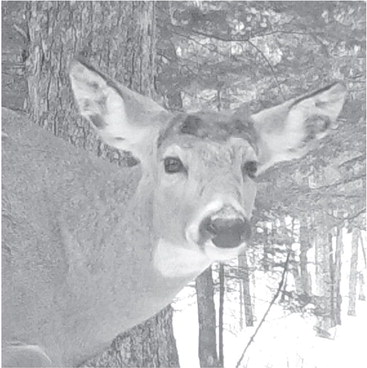over winter’s harsh finish. ….


over winter’s harsh finish.
“The big thing that we’re seeing this year is we’re going to have –– and there’s always some –– but we’re going...


over winter’s harsh finish.
“The big thing that we’re seeing this year is we’re going to have –– and there’s always some –– but we’re going...